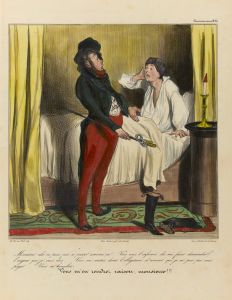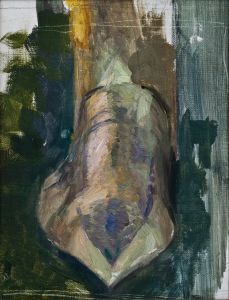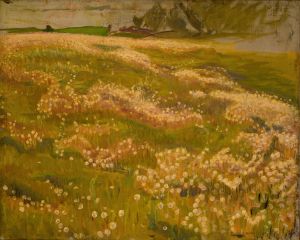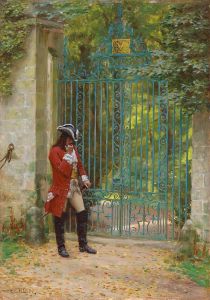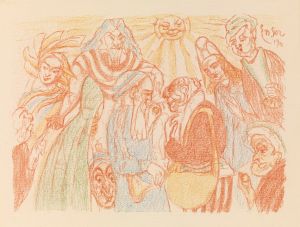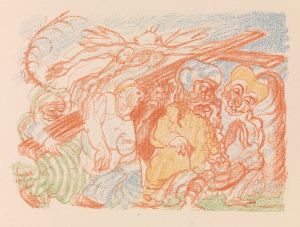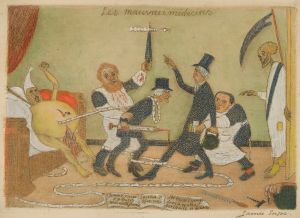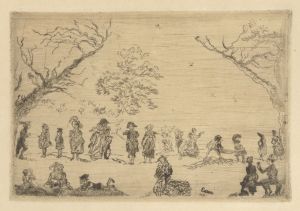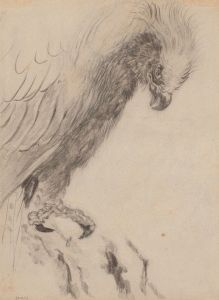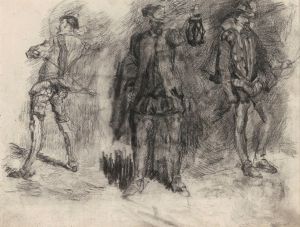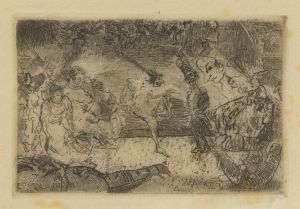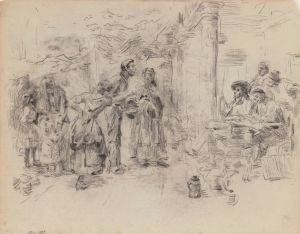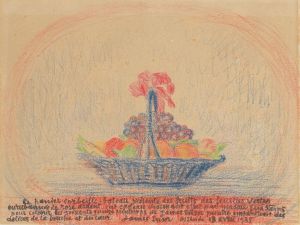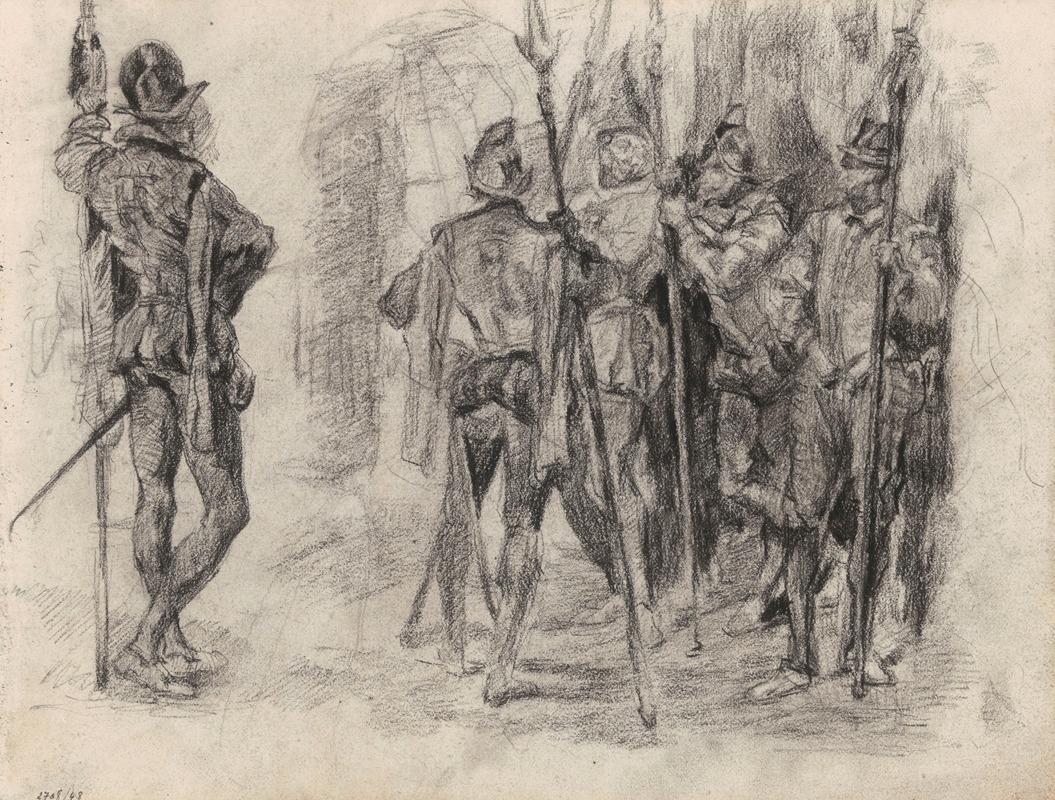
Don Quixote
A hand-painted replica of James Ensor’s masterpiece Don Quixote, meticulously crafted by professional artists to capture the true essence of the original. Each piece is created with museum-quality canvas and rare mineral pigments, carefully painted by experienced artists with delicate brushstrokes and rich, layered colors to perfectly recreate the texture of the original artwork. Unlike machine-printed reproductions, this hand-painted version brings the painting to life, infused with the artist’s emotions and skill in every stroke. Whether for personal collection or home decoration, it instantly elevates the artistic atmosphere of any space.
James Ensor, a renowned Belgian painter and printmaker, is celebrated for his unique and often surreal artistic style. One of his notable works is "Don Quixote," which reflects his fascination with fantastical and satirical themes. Ensor was born in 1860 in Ostend, Belgium, and became a pivotal figure in the transition from 19th-century realism to 20th-century expressionism and surrealism. His work often features grotesque imagery and a vivid use of color, which can be seen in his interpretation of literary and historical subjects.
"Don Quixote" by James Ensor is a painting that draws inspiration from the iconic character created by Spanish author Miguel de Cervantes in his novel "Don Quixote," first published in the early 17th century. Cervantes' story follows the adventures of a delusional nobleman, Don Quixote, who believes he is a knight and sets out on a quest to revive chivalry, accompanied by his loyal squire, Sancho Panza. The novel is celebrated for its exploration of themes such as reality versus illusion, the nature of heroism, and the conflict between idealism and practicality.
Ensor's depiction of Don Quixote reflects his characteristic style, which often includes elements of satire and social commentary. While specific details about the painting's composition and style are not extensively documented, Ensor's broader body of work suggests that his "Don Quixote" likely incorporates his signature use of vibrant colors and expressive forms. Ensor was known for his ability to blend the fantastical with the grotesque, often using masks and skeletons as motifs to explore themes of identity, mortality, and the absurdity of human endeavors.
Throughout his career, Ensor was associated with the avant-garde movement in Belgium and was a member of the influential group Les XX (The Twenty), which included artists who challenged traditional artistic conventions. His work, including "Don Quixote," often provoked strong reactions due to its unconventional style and subject matter. Ensor's paintings are characterized by their emotional intensity and a sense of theatricality, which aligns with the dramatic and often comedic elements of Cervantes' novel.
Ensor's interpretation of Don Quixote can be seen as a reflection of his own artistic journey, marked by a willingness to challenge societal norms and explore the boundaries of reality and imagination. His work continues to be celebrated for its originality and its ability to capture the complexities of the human experience through a lens that is both critical and whimsical.
While specific exhibitions or collections featuring Ensor's "Don Quixote" are not widely documented, his works are held in numerous prestigious institutions worldwide, including the Royal Museums of Fine Arts of Belgium and the J. Paul Getty Museum. Ensor's legacy as a pioneer of modern art endures, and his interpretation of Don Quixote remains a testament to his innovative spirit and his enduring fascination with the interplay between reality and illusion.





